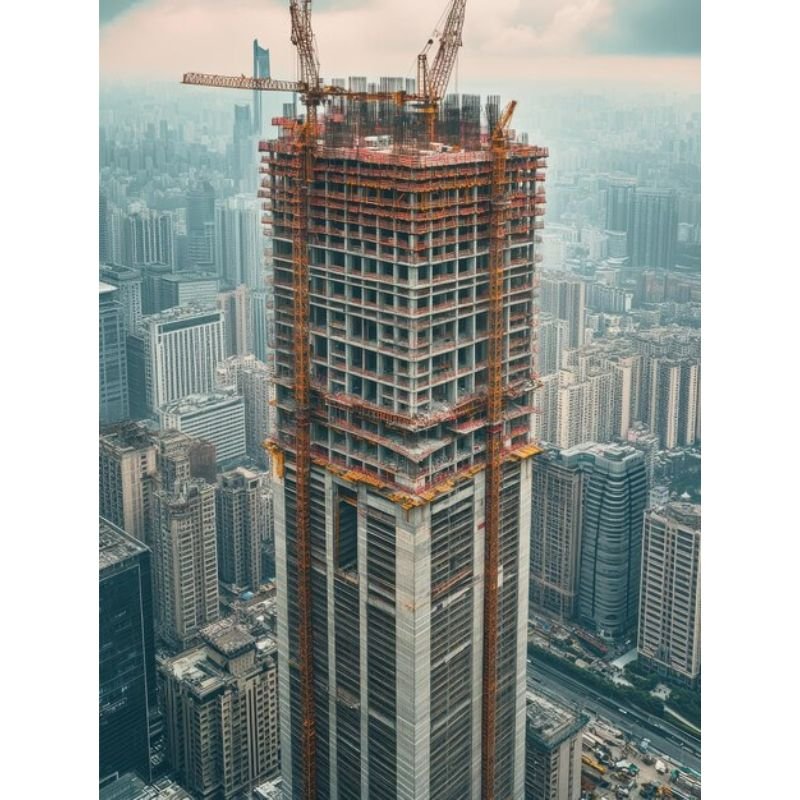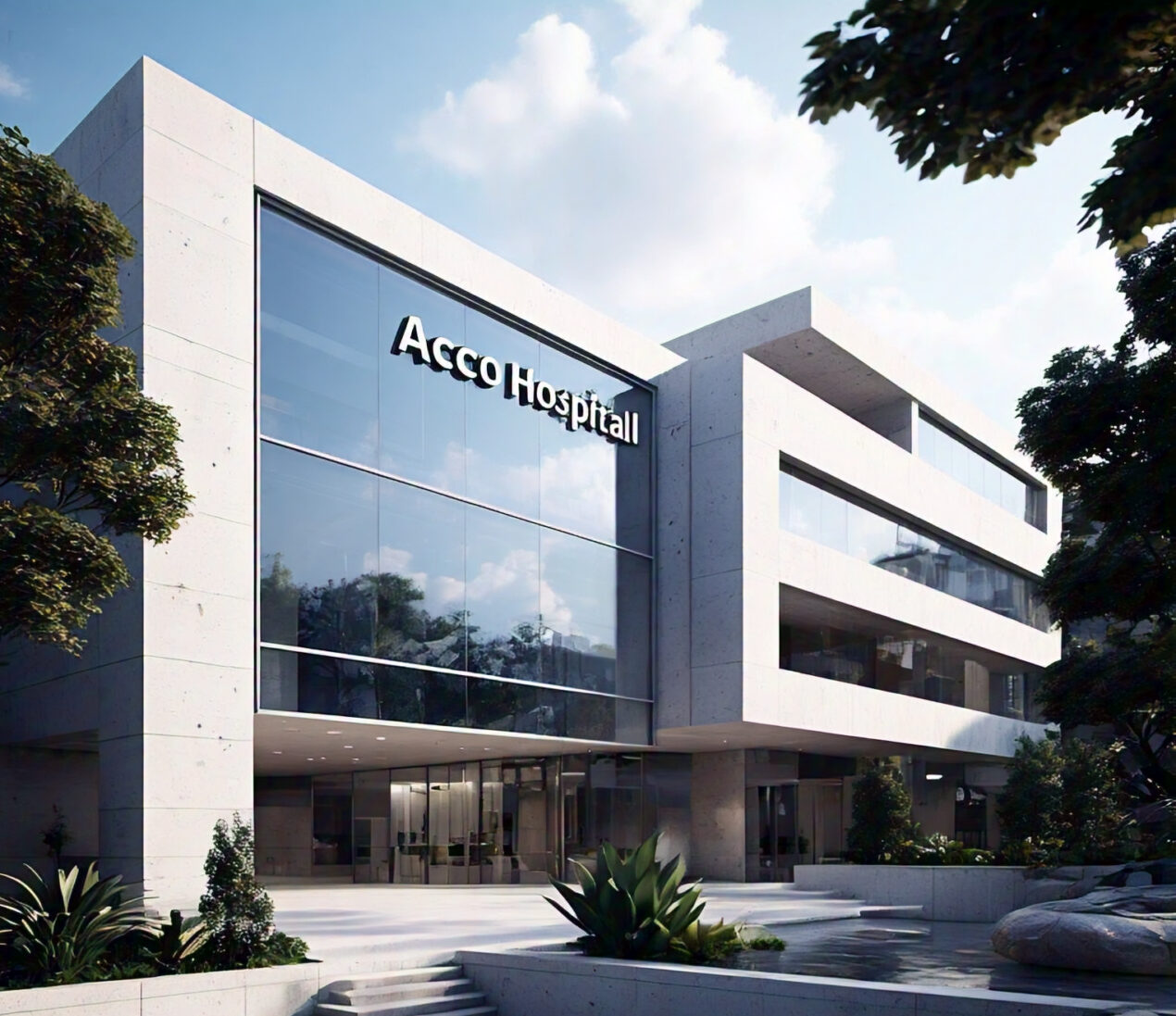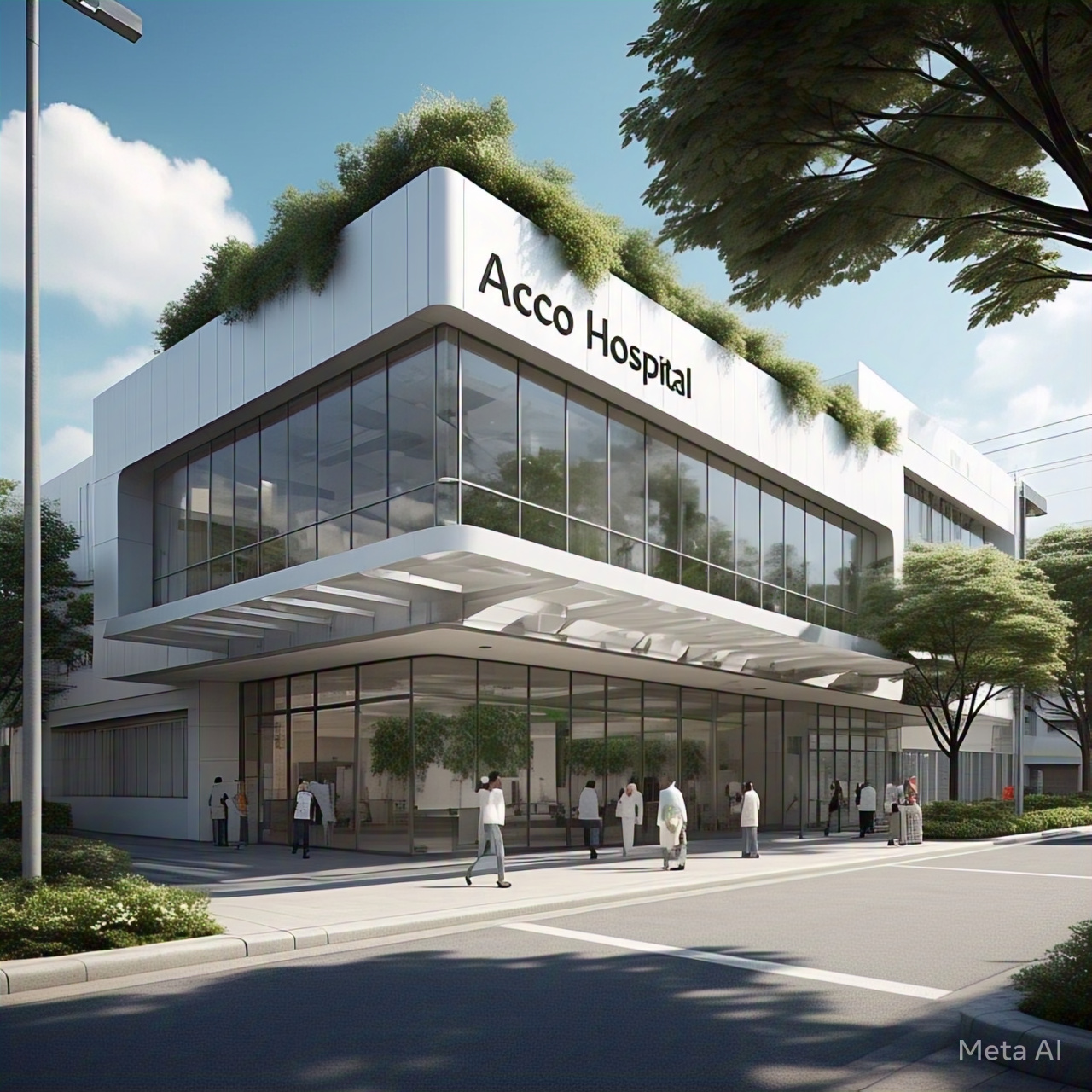
ACCO Delivers Modern High-Rise Building Design and Construction
| Main Topic | Subtopics |
|---|---|
| 1. Introduction to ACCO’s Expertise in High-Rise Construction | – Overview of ACCO’s history and role in the construction industry – Focus on high-rise building design and construction projects – ACCO’s commitment to innovation and sustainable construction practices |
| 2. The Evolution of Modern High-Rise Buildings | – Historical development of skyscrapers – Technological advancements in the construction industry – Influence of urbanization on high-rise building trends |
| 3. The Core Principles of ACCO’s High-Rise Design Philosophy | – ACCO’s design approach: functionality, aesthetics, and sustainability – Emphasis on user-centric designs – Balancing environmental impact with urban growth |
| 4. ACCO’s Advanced Engineering Solutions for High-Rise Structures | – Structural engineering strategies: wind, seismic, and load management – Use of advanced materials in construction (steel, concrete, glass) – High-strength foundation systems for tall buildings |
| 5. Architectural Innovations in ACCO’s High-Rise Projects | – Use of modern architectural designs to maximize space and light – Innovative facades and building envelopes – Examples of mixed-use high-rise structures designed by ACCO |
| 6. Sustainability in High-Rise Construction by ACCO | – Incorporation of green building technologies – LEED certifications and energy-efficient designs – Waste management and water conservation systems in high-rise buildings |
| 7. Smart Building Technologies in ACCO’s High-Rise Projects | – Integration of IoT and smart technologies for building automation – Energy management and monitoring systems – Security and vertical transportation innovations (smart elevators, surveillance) |
| 8. Prefabrication and Modular Construction in ACCO’s High-Rises | – Benefits of prefabrication for high-rise construction – Modular building techniques for faster, cost-efficient projects – Reducing environmental impact with off-site construction |
| 9. ACCO’s Notable High-Rise Projects: Case Studies | – A look at ACCO’s most iconic high-rise projects globally – Unique challenges faced and solutions implemented – Success stories from major urban centers |
| 10. Safety and Compliance in High-Rise Construction | – Fire safety standards and regulations – Earthquake and disaster-resistant designs – Compliance with global construction standards and building codes |
| 11. Vertical Transportation Solutions in ACCO’s High-Rise Designs | – Advanced elevator and escalator systems for high-rise buildings – Integration of AI and IoT for efficient vertical transportation – Solutions for faster, safer, and smarter building mobility |
| 12. The Role of ACCO in Shaping Urban Landscapes with High-Rise Buildings | – High-rise developments as solutions for urban density – Contribution to cityscapes and urban planning – ACCO’s approach to integrating high-rises into mixed-use neighborhoods |
| 13. The Future of High-Rise Construction: ACCO’s Vision | – Trends in super-tall buildings and megastructures – Innovations in material science and construction techniques – Sustainability as the future of high-rise design and construction |
| 14. How ACCO Addresses Challenges in High-Rise Construction | – Managing construction in densely populated urban areas – Cost management and meeting project deadlines – Handling regulatory and environmental challenges |
| 15. Conclusion: ACCO’s Impact on the High-Rise Construction Industry | – ACCO’s pioneering role in modern high-rise construction – The company’s commitment to sustainability and innovation – Looking ahead to ACCO’s future projects in shaping global skylines |

Long-Form Article: ACCO Delivers Modern High-Rise Building Design and Construction
1. Introduction to ACCO’s Expertise in High-Rise Construction
ACCO (Associated Construction Company) has established itself as a global leader in the design and construction of modern high-rise buildings. With decades of experience, ACCO has been at the forefront of delivering cutting-edge architectural and engineering solutions, shaping the skylines of some of the world’s largest cities. Specializing in innovative high-rise structures, ACCO’s projects span a diverse range of sectors including commercial, residential, and mixed-use developments. The company’s dedication to innovation, sustainability, and efficient project delivery sets it apart in the competitive construction landscape.
In today’s urban environments, where space is at a premium, high-rise buildings offer an ideal solution to housing and commercial space needs. ACCO has responded to this demand with projects that prioritize not only height but also functionality, environmental responsibility, and architectural beauty. Through the incorporation of advanced technologies such as Building Information Modeling (BIM) and smart building systems, ACCO ensures that each high-rise project meets the highest standards of safety, efficiency, and sustainability.
2. The Evolution of Modern High-Rise Buildings
The high-rise building, commonly known as the skyscraper, has evolved significantly since its inception in the late 19th century. Early high-rise buildings like the Home Insurance Building in Chicago, constructed in 1885, were made possible by innovations in steel-frame construction and elevators. Today, high-rise structures have become synonymous with the world’s most modern and economically advanced cities, driven by technological advancements in construction techniques, materials, and safety systems.
The rise of urbanization has accelerated the demand for high-rise buildings, particularly in cities with limited land availability. These structures are not just feats of engineering but are also essential to addressing the challenges of urban density. Modern high-rises often serve multiple functions, such as residential, commercial, and recreational spaces, all within a single tower. ACCO has been instrumental in shaping this modern trend by delivering high-rise buildings that blend function, form, and sustainability.
3. The Core Principles of ACCO’s High-Rise Design Philosophy
At the heart of ACCO’s approach to high-rise building design are three key principles: functionality, aesthetics, and sustainability. ACCO understands that high-rise buildings must cater to a variety of needs, from residential and office spaces to commercial and recreational areas. Each design is tailored to maximize the usability of the building’s space while ensuring that the structure remains visually appealing and integrates seamlessly into the surrounding urban fabric.
Functionality is a primary consideration in every ACCO project. High-rise buildings are not just vertical structures; they are complex ecosystems that must operate efficiently to meet the needs of their occupants. Whether through innovative layouts that enhance productivity in office spaces or the creation of comfortable and luxurious residential units, ACCO designs with the end-user in mind.
In terms of aesthetics, ACCO focuses on creating iconic structures that enhance city skylines. The company works with leading architects to ensure that each building not only meets functional requirements but also contributes to the overall beauty and character of its location. Innovative facades, cutting-edge materials, and attention to detail ensure that ACCO’s high-rise buildings stand out as architectural landmarks.
Sustainability is the third pillar of ACCO’s design philosophy. As cities strive to become more environmentally friendly, ACCO leads the charge by incorporating green building practices into all of its high-rise projects. From energy-efficient systems to the use of eco-friendly materials, ACCO is committed to reducing the environmental impact of its constructions while ensuring long-term sustainability.
4. ACCO’s Advanced Engineering Solutions for High-Rise Structures
Building tall comes with unique structural challenges that require advanced engineering solutions. ACCO employs state-of-the-art engineering practices to ensure that its high-rise buildings can withstand the forces of nature, including wind loads, seismic activity, and the gravitational demands placed on tall structures. Advanced materials such as high-strength steel and concrete are used to ensure that the building’s core is resilient, while innovative foundation systems are developed to support the immense weight of these skyscrapers.
In the design phase, ACCO’s engineers work closely with architects to create structures that are not only aesthetically pleasing but also structurally sound. The company uses sophisticated modeling software to simulate how buildings will respond to various environmental forces, ensuring that safety is never compromised.
5. Architectural Innovations in ACCO’s High-Rise Projects
ACCO is renowned for pushing the boundaries of architectural design. Modern high-rise buildings are expected to do more than just reach great heights; they must also offer innovative solutions that maximize space, energy efficiency, and occupant comfort. ACCO achieves this through a combination of cutting-edge architectural designs and a deep understanding of urban dynamics.
For example, many of ACCO’s high-rise projects feature mixed-use designs, where residential units, offices, and retail spaces are housed within a single structure. This approach maximizes the functionality of the building and allows for the efficient use of urban space. Additionally, ACCO’s use of glass facades and other modern materials enhances the aesthetic appeal of these structures while promoting natural light and improving energy efficiency.
6. Sustainability in High-Rise Construction by ACCO
Sustainability is a cornerstone of ACCO’s high-rise construction philosophy. Recognizing the environmental challenges posed by urban growth, ACCO incorporates a variety of green building technologies and practices into its high-rise projects. This includes the use of LEED-certified materials, energy-efficient HVAC systems, and advanced water conservation technologies.
ACCO is committed to achieving the highest levels of sustainability in its projects. By using renewable energy sources, such as solar panels, and implementing waste management systems that reduce landfill usage, the company ensures that its high-rise buildings not only meet but exceed environmental standards.




